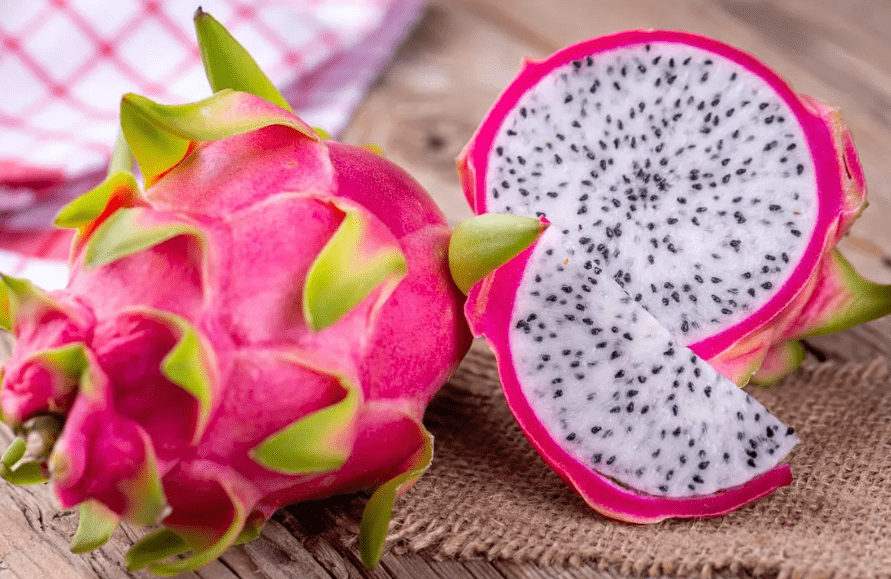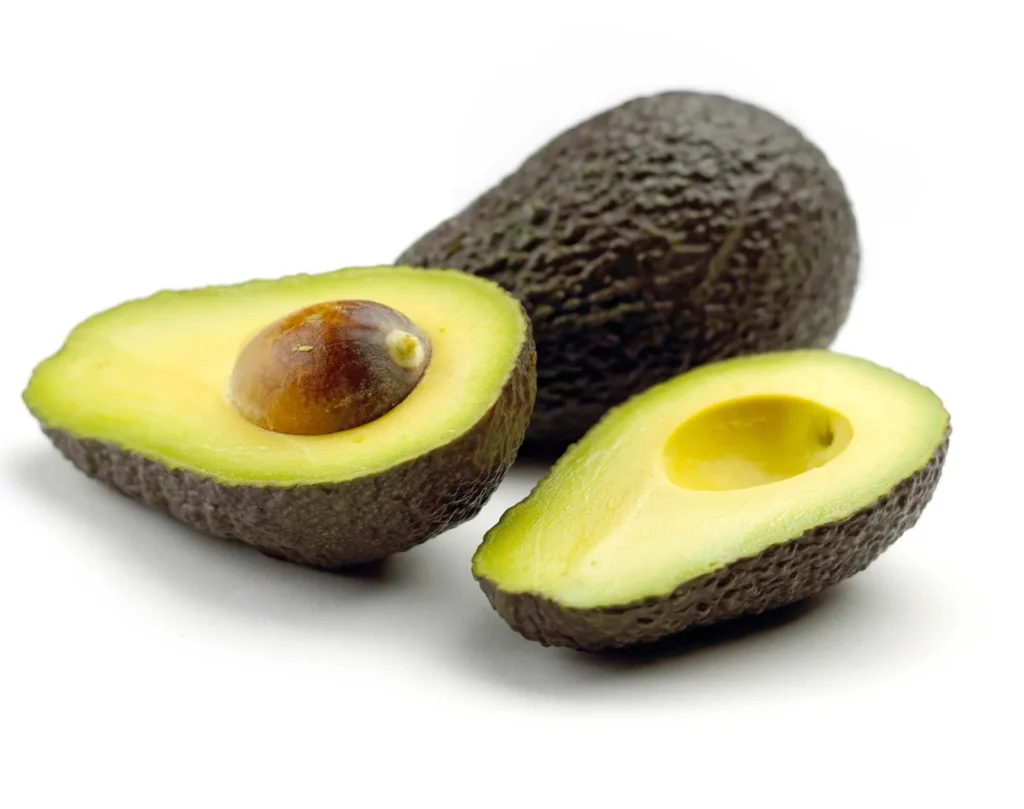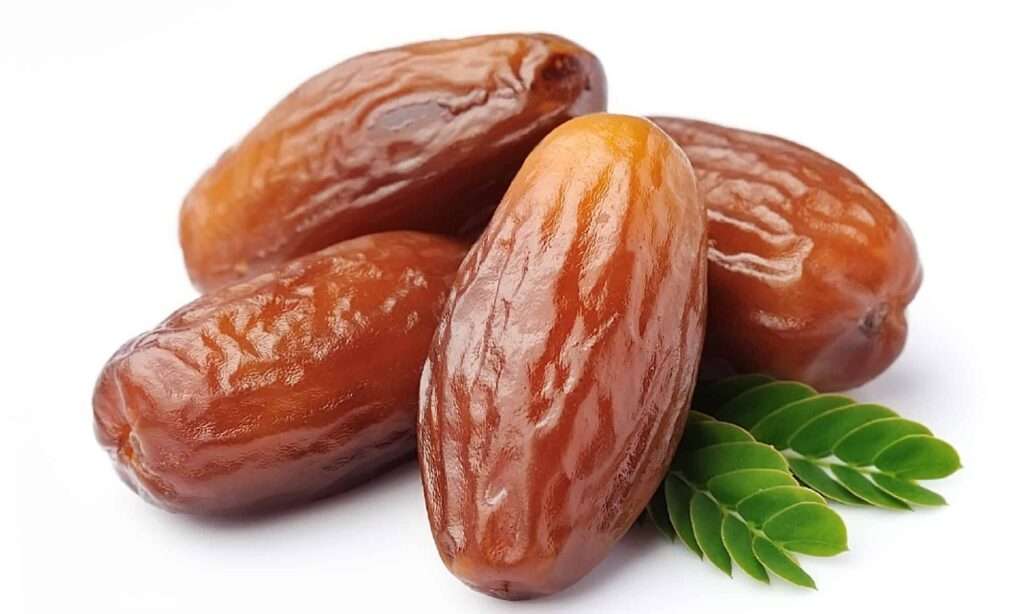
Description
The Honolulu queen cactus, also known as Hylocereus, which bears dragon fruit, only blooms at night. When in bloom, they have a bell-like form and smell good. In a single year, pitahaya trees can go through four to six fruiting cycles. Both stem cuttings and seeds can be used to multiply it. The dragon fruit has striking features, including vivid red, purple, or yellow skin variations and noticeable scales. Despite having a unique appearance, dragon fruit tastes like other fruits. Its flavour has been compared to a somewhat sweet kiwi and pear hybrid.
Varieties
Hylocereus megalanthus, often known as Pitaya amarilla or yellow pithaya, is a yellow fruit with coloured flesh.
Hylocereus costaricensis, often known as Pitaya roja or redfleshed pithaya, is a red fruit with red flesh.
Pitaya blanca or white-fleshed pithaya are other names for the pink fruit with white-colored flesh that is recognized as Hylocereus undatus.
Uses
Commonly consumed raw, the fruit is said to taste better when cold. Additionally, it can be converted into a fruit sorbet or given as juice. While syrup derived from the full fruit is used to colour pastry and candies, the fruit itself can be used to flavour beverages. You can prepare unopened flower buds similarly to vegetables.

Nutrition
Nutrition information for 3.5 ounces, or 100 grams, includes 60 calories, 1.2 grams of protein, 0 grams of fat, 13 grams of carbohydrates, 3 grams of fiber, 3% of vitamin C , 4% OF iron and 10% magnesium.
Dragon fruit is a very nutrient-dense fruit because of its high fiber and magnesium content as well as its incredibly low calorie count.
Cultivation
This fruit may be cultivated on a variety of soils, including clay loam and sandy loam. However, the optimal soils for its cultivation are sandy ones with enough of organic matter and internal drainage. The optimal soil pH range for growing dragon fruit is 5.52 to 7. They favour a range of 65 to 80 degrees Fahrenheit. Because dragon fruit is a cactus, it will eventually suffer damage from temps below 32 F. Till the soil is finely tilthed and weed-free, the land should be tilled. Apply any organic compost in a proportionate amount as part of the land/field preparation process.
Cuttings are the most typical technique of dragon fruit propagation. For field planting, cuttings of about 20 cm in length should be used. Two days prior to transplanting, pile up these cuttings. Although it may also be grown from seeds, this method is not appropriate for commercial farming.
Table





